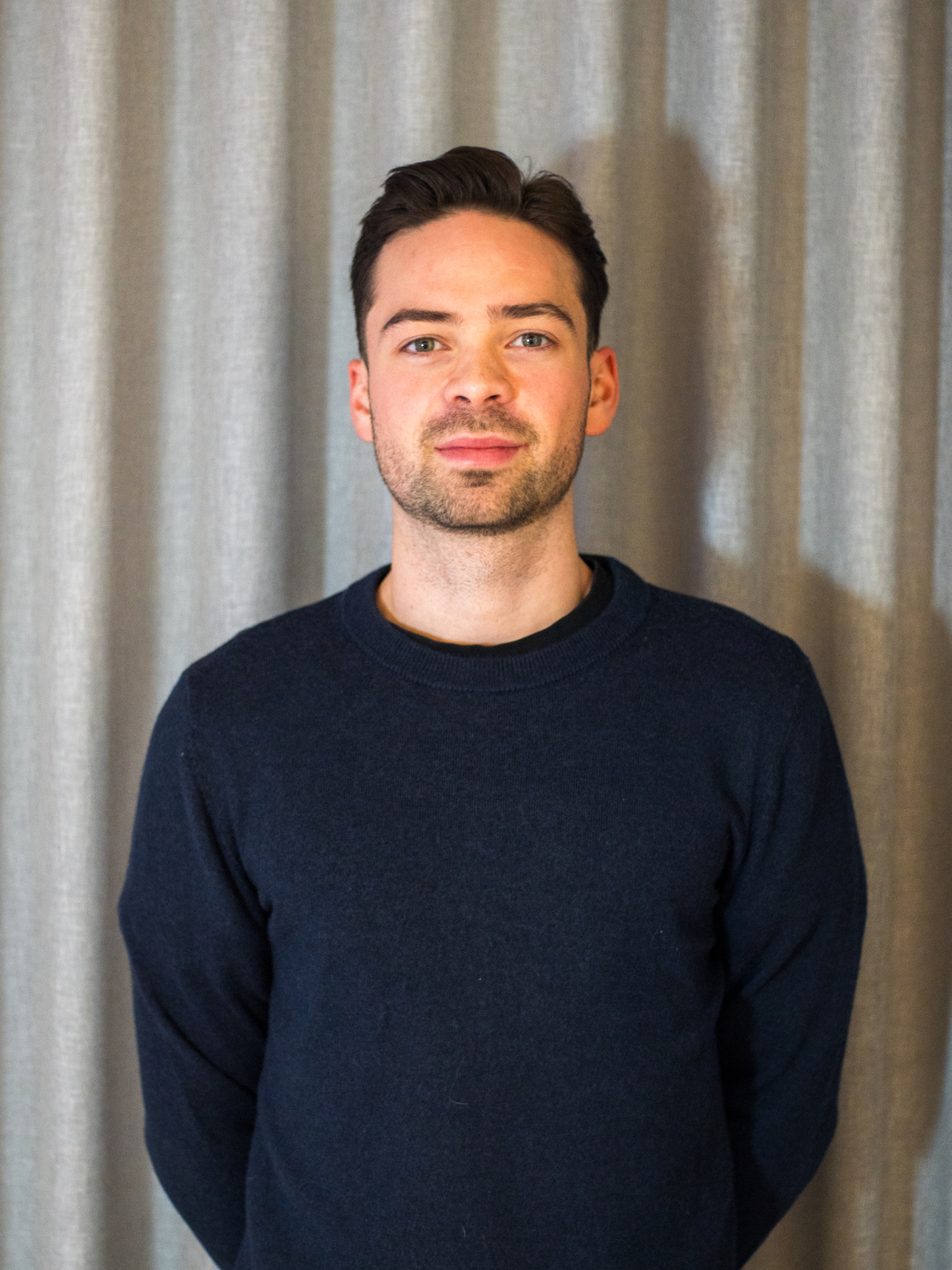
With a Master of Sports Science, physical exercise has always been a central part of my life. I've always intuitively felt that movement plays a key role in my mental well-being and performance.
But since starting on this journey to understand how to manage and optimize mental energy, I have begun to question if this is scientifically true.
Is physical exercise truly essential for mental energy and cognitive performance?
If so, what are the mechanisms behind this connection?
And what types of exercise matter most?
These are the questions I’ll be looking into in the month of July.
Today’s insights are mainly drawn from two different scientific articles:
“Physical exercise for brain plasticity promotion an overview of the underlaying oscillatory mechanism” Xueyang Li et al, 2024
“Physical Activity to Counter Age-Ralated Cognitive Decline: Benefits of Aerobic, Resistance, and Combined Training - A Narrative Review” Wissem Dhahbi et al, 2025
Today's newsletter
Takeaways:
🏋️♀️ Train your brain with movement
Regular physical exercise - especially at moderate intensity - boosts key brain chemicals like BDNF and IGF-1 and strengthens executive function. This helps you stay focused, mentally sharp, and more resilient under pressure.
⚖️ Balance aerobic and strength training
Both aerobic (e.g. walking, cycling) and resistance training play distinct roles in enhancing brain plasticity and mental energy. A weekly mix might be beneficial.
Physical exercise and brain plasticity:
Today’s main study is a narrative review that looks at how physical exercise (PE) promotes brain plasticity, which is the brain’s ability to adapt and reorganize itself, by altering neural oscillations.
Neural oscillations are the brain’s rhythmic electrical activity often described as brainwaves (like alpha, beta, and gamma waves) and measured by EEG.
This adaptability plays a key role in sustaining mental energy, focus, and resilience under cognitive demands, as brainwave patterns are essential to attention, memory, and overall cognitive functioning.
In a narrative review, the authors select and discuss relevant studies without following a structured protocol for literature search.
Instead they focus on synthesizing findings around a central theme. In this particular review, the authors came to the following key findings:
Both resistance and aerobic training enhances brain plasticity through increased BDNF, IGF-1, and dopamine. These are important proteins and neuromodulators for brain health and functioning.
Resistance training boosts executive function and increases prefrontal cortex volume.
Aerobic exercise (e.g. walking, cycling) improves memory and attention, often increasing alpha and beta brainwave power.
Moderate intensity exercise seems most beneficial; very high intensity can reduce cerebral blood flow and impair cognition.
Mind-Body exercises like Tai-Chi enhance gray matter volume, functional connectivity, and influence low-frequency brain activity.
The mechanisms behind:
There are most likely many mechanisms in play for why physical exercise may enhance brain plasticity.
One important pathway involves neurotrophic signaling which is the process by which specific proteins like BDNF and IGF-1 promote neuron growth, survival and synaptic adaptability.
Moreover, exercise leads to the modulation of neural oscillations - especially in alpha, beta, and gamma brainwave frequency bands - which are closely tied to processes like attention, memory and motor control.
These shifts in brainwave patterns reflect more efficient and adaptive brain function.
Finally, physical exercise promotes enhanced functional connectivity between different brain regions, improving communication across neural networks and supporting better cognitive performance overall.
Remember you have access to tools and assessments on the resource site.
All designed to help you master your mental energy.
A clear picture?
A similar picture can be seen in today’s second study. In this narrative review the authors explores how aerobic, resistance, and combined (concurrent) training, can help counter age-related cognitive decline.
The authors conclude that moderate-intensity aerobic exercise and moderate-to-high-intensity resistance training significantly enhance memory, executive functions, attention, and mood in older adults.
These benefits are linked to brain changes like increased blood flow, neurogenesis, and elevated levels of brain-derived neurotrophic factor (BDNF) and IGF-1.
What can we learn from these studies?
When viewed together, a picture emerges, that exercise is another important component for mental energy and brain health.
It seems clear that both aerobic and strength training has its relevance, and that moderate intensity exercise could be particularly beneficial.
In both studies, an increase in executive functioning is mentioned. That’s highly relevant when we talk about mental energy.
Executive function refers to the brain’s higher-order command center. It’s largely responsible for controlling our actions, behaviors, focus and goal-directed behavior.
This is the part of the brain we want activated when we’re doing mentally demanding work or a part of important conversations - whether it’s at work or during our free time.
And it’s also the part that becomes harder to keep engaged when we start to feel mentally fatigued.
So, in order for us to optimize and manage our mental energy, it seems important to build in physical exercise to our routine.
In the next weeks, we will learn much more about what exercise and how to incorporate it into our routine.
Let me know how you liked todays newsletter!
|
Until next time, Nicolas Lassen |
Disclaimer: The above is mainly based on the 4 articles mentioned in the beginning of this newsletter, and aims to provide key takeaways and a condensed overview of its content. While the essence is drawn from the original articles, some parts have been simplified or rephrased to enhance understanding. Please note that we at, OptiMindInsights or any other potential writers or contributors to our summaries, do not accept responsibility for any consequences arising from the use of these summaries and/or newsletters as a whole. The information provided should not be considered a substitute for personal research or professional advice. Readers are encouraged to consult the original articles for detailed insights and references. The summary does not include references, but they can typically be found within the original publication. Always exercise due diligence and consider your unique circumstances before applying any information in your personal or professional life. We refer to the creative commons for reproducibility rights.

